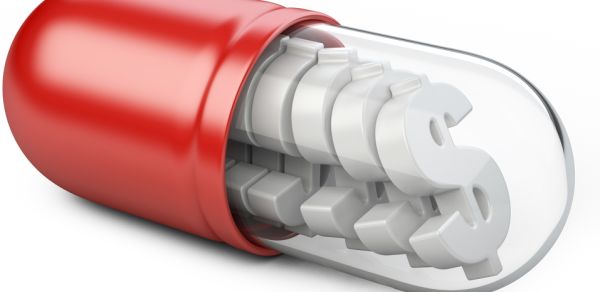As of 1 January, pharmacists have the option to charge up to $1 less for prescriptions. But even if passed on, you could end up paying more for common medicines.
Several medicines that are available over the counter, such as paracetamol, aspirin, B12 injections, antacids, iron tablets and hydrocortisone creams and ointments, have been removed from the Pharmaceutical Benefits Scheme (PBS). This means that those who rely on such products will have to pay full pharmacy prices.
Paracetamol, which is the forth most commonly prescribed drug on the PBS, is particularly in the spotlight, especially for those who use it to relieve osteo pain. Manufacturer of Panadol Osteo, GlaxoSmithKline, has signalled its intention to raise the price of the medicine by 50 per cent. This will take the average price of 96-pack from $5 to $7.50. Health Minister Sussan Ley has promised to refer the manufacturer to the Australian Competition and Consumer Commission (ACCC) over the issue.
Prescription charges are currently $38.30 (maximum for non-concession patients) and $6.20 for those who hold a relevant concession card. Under new rules, pharmacies can now offer up to a $1 reduction on PBS prescriptions, which is supposed to offset the removal of such items above from the PBS.
How do I know which concession card I’m eligible for?
However, this $1 discount could end up costing patients in the long term – even more than the cost of buying over-the-counter medicines. Concession card holders can receive free PBS prescriptions once they reach their annual safety net. For those who pay full price, the cost of a PBS prescription drops to $6.20 once the safety net is reached. If they take the $1 discount on each prescription, it will take them longer to reach the safety net and secure free, or reduced-cost PBS prescriptions.
Read more at News.com.au
Read more at Skynews.com.au
Find out more about the PBS changes.
Opinion: The true cost of $1 discounts
On the face of it, $1 discount on prescriptions seems like a bonus, but when you weigh it up against the loss of affordable, common medicines, it may not seem so appealing.
Many people reply on antacids, paracetamol, aspirin, etc., on a daily basis and therefore, it’s not only that they will now need to pay standard pharmacy prices for these drugs, it’s also that they will no longer be prescribed in bulk, nor under the medical supervision of a GP. Many over-the-counter medicines should only be taken for prolonged periods of time on the advice of a GP, but if your GP is not prescribing such medicines, how are they to know if you’re taking them properly?
And then there’s the issue of the safety net. The simple maths is that for those who have a concession card, they only have to fill 60, $6.20 prescriptions to obtain them free for the remainder of the calendar year. Now, if the discount is taken, it will require 71 prescriptions to reach the safety net, meaning it will take longer and may not be achieved within a calendar year, resulting in no free prescriptions. This can be costly for those on considerable amounts of medicines.
Hot on the heels of these changes will be the reduction in bulk billing incentives to providers of pathology and imaging services. This may mean that those with complex medical issues who require periodic tests, will end up paying considerably more for their medical care. These changes are expected to take effect from 1 July 2016.
Whichever way you look at it, the cost of being ill is on the rise so, who can afford to get sick?
Have you seen the cost of medical care increase? Do you think such measures are required to curb Medicare costs? Do you worry about the cost of health care?

